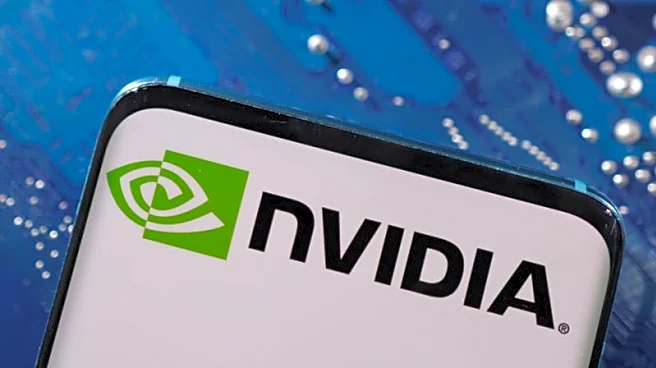What is the story about?
What's Happening?
China is intensifying efforts to develop alternatives to Nvidia's AI chips, challenging the company's dominance in the semiconductor market. This movement gained momentum following the launch of an AI model by DeepSeek, which demonstrated the ability to train models using fewer high-end chips. The development has spurred Chinese technology firms to innovate and reshape the supply chain for digital infrastructure components. Despite these advancements, China remains reliant on the U.S. for the most powerful semiconductors, with U.S. export restrictions aiming to slow China's progress in advanced technology.
Why It's Important?
The challenge to Nvidia's dominance by Chinese firms could alter the competitive landscape of the global semiconductor industry. As China seeks technological self-reliance, the U.S. faces strategic decisions regarding export policies and trade relations. The outcome could impact the availability and pricing of AI hardware, affecting industries reliant on digital manufacturing and advanced computing. This situation also highlights the geopolitical dimensions of technology development, with potential implications for international trade negotiations.
What's Next?
China's advancements in semiconductor technology may serve as a bargaining chip in trade discussions with the U.S. Beijing could leverage its progress to pressure Washington into relaxing export restrictions, potentially reshaping bilateral trade dynamics. The U.S. may need to reassess its strategy to maintain technological leadership while balancing economic interests and national security concerns.
Beyond the Headlines
The pursuit of technological self-reliance by China raises ethical and strategic questions about global cooperation and competition in technology development. It also underscores the importance of innovation in maintaining competitive advantage, with potential long-term shifts in industry standards and practices.
AI Generated Content
Do you find this article useful?














